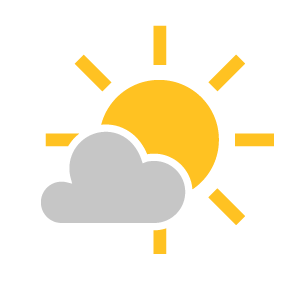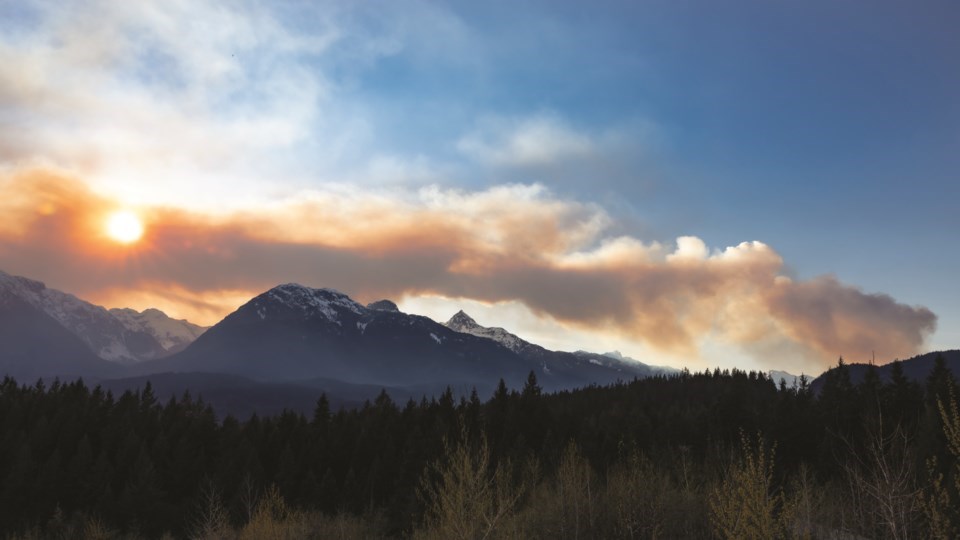B.C.'s spring has been cooler than normal so far, and cooler and wetter conditions are expected to persist through June. But long-range seasonal forecasts suggest the heat could return in a big way later on in the summer, stoking wildfire fears.
Friday morning, lead forecaster for the BC Wildfire Service Matt MacDonald presented the seasonal wildfire forecast for B.C., which shows promising weather through June in the Southern Interior when it comes to fire conditions.
“There's a relatively strong signal that we'll expect cooler than normal conditions through June for the southern part of the province,” MacDonald said.
“There is a signal for this wet weather to continue. There's a really good example of that this weekend with lots of rain coming at us across the province. As we get into June, it's looking like it'll resemble a lot of what we saw in May – a persistent cool, wet pattern, particularly for the southern two-thirds of the province.”
But MacDonald cautioned that long-range forecasting of precipitation is particularly difficult, and can sometimes be no better than “flipping a coin.”
MacDonald noted that while most of B.C. was wetter than normal in May, the Thompson-Okanagan and southern Cariboo were some of the few places that were actually drier than average.
After one of the most devastating wildfire seasons in the province's history last year, British Columbians will no doubt be welcoming the cooler spring conditions. With a larger snowpack than usual at higher elevations, far fewer fires have been sparked this year.
While the province typically sees about 35 lightning-sparked fires in May, there were zero this year. To date, 137 wildfires have started in the province this year, which is about 60 per cent of the five-year average for this time of year.
But MacDonald said longer-range seasonal modelling shows temperatures likely returning to normal in the southern part of the province come July, and temperatures rising higher than normal in August.
“What we're thinking right now is that as we enter July we'll see a return to seasonal values and then, particularly as we get to the latter half of July, we'll probably get to warmer than normal conditions,” MacDonald said.
“There's a lot better agreement as we get to the latter half of the summer that we'll be looking at a warmer-than-normal end of summer.”
MacDonald noted that wildfire activity is largely dependent on the summer's rainfall and lightning activity – both of which are largely impossible to forecast far in advance. Additionally, an extreme event like last June's “heat dome” can only be forecast about two weeks in advance, according to MacDonald.
“It doesn't take very long, it can take a matter of a week for conditions to change drastically,” MacDonald said.
B.C.'s Minister of Forests Katrine Conroy noted during Friday's press conference that this year's budget added $359 million in new funding to help B.C. deal with wildfires. This included $145 million for the BC Wildfire Service and Emergency Management B.C., changing the BCWS to a year-round service.
"Last year's devastating fire season highlighted the importance of wildfire prevention for B.C. communities and, as we saw first-hand in Logan Lake, how it can make a real difference for people's lives," said Katrine Conroy, Minister of Forests.
"That's why our government is more than doubling the funding available for wildfire prevention activities like FireSmart and making historic investments to transform BC Wildfire Service into a year-round, more proactive service."







